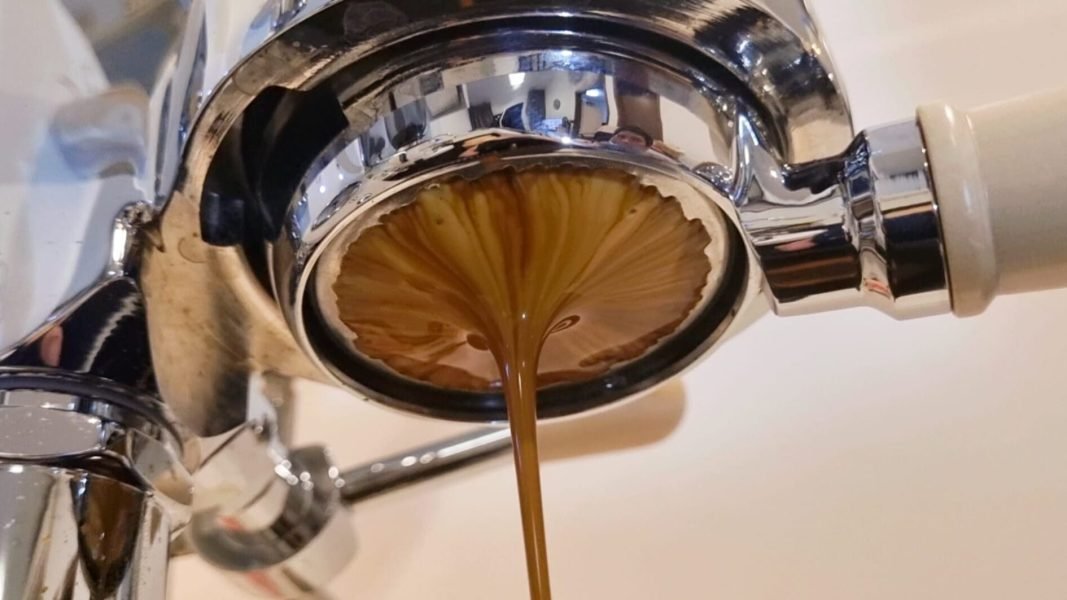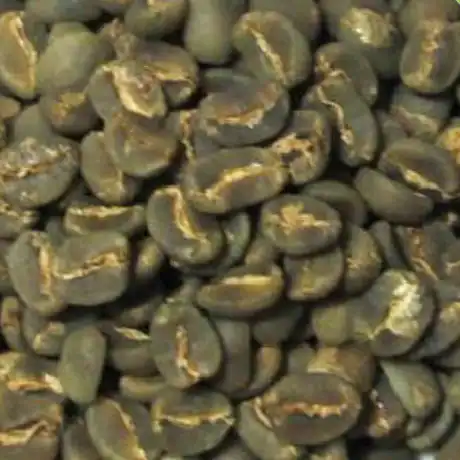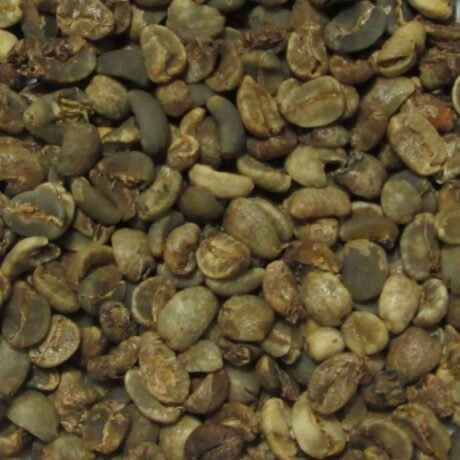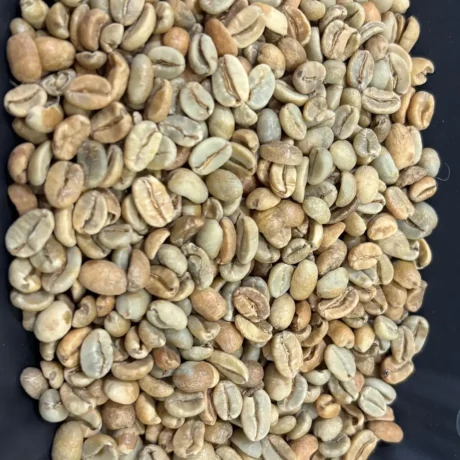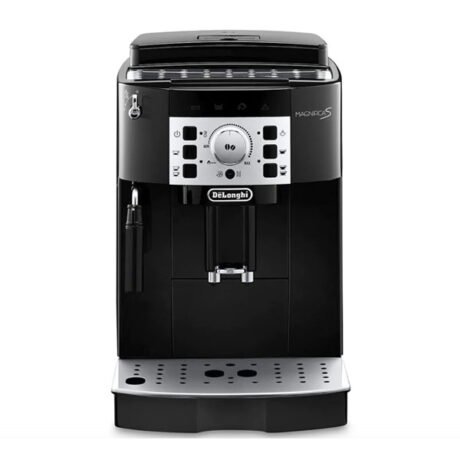Espresso vs Dark Roast has long been one of the most debated topics among coffee lovers. Each morning, we face the same delightful question: do we savor the intense kick of a rich espresso shot, or linger over the bold, smoky depth of a dark roast brew? Both promise a flavorful start, but the real difference between espresso and dark roast lies in how roast levels and brewing methods shape your cup. Let’s explore how these two coffee worlds intersect—and which one might win your heart.
1. Understanding Coffee Roasts: What Does “Roast” Mean?

Coffee’s journey from cherry to cup involves crucial steps—from specialty coffee processing to the roasting itself—that bring out distinct flavors and aromas. The roasting process is pivotal in determining a coffee bean’s final taste. As green coffee beans undergo roasting, they transform into the fragrant brown beans we know and love, with each roast level offering its own array of flavors and aromas.
2. Dark Roasted Coffee Beans: Intense Flavors and Espresso Appeal
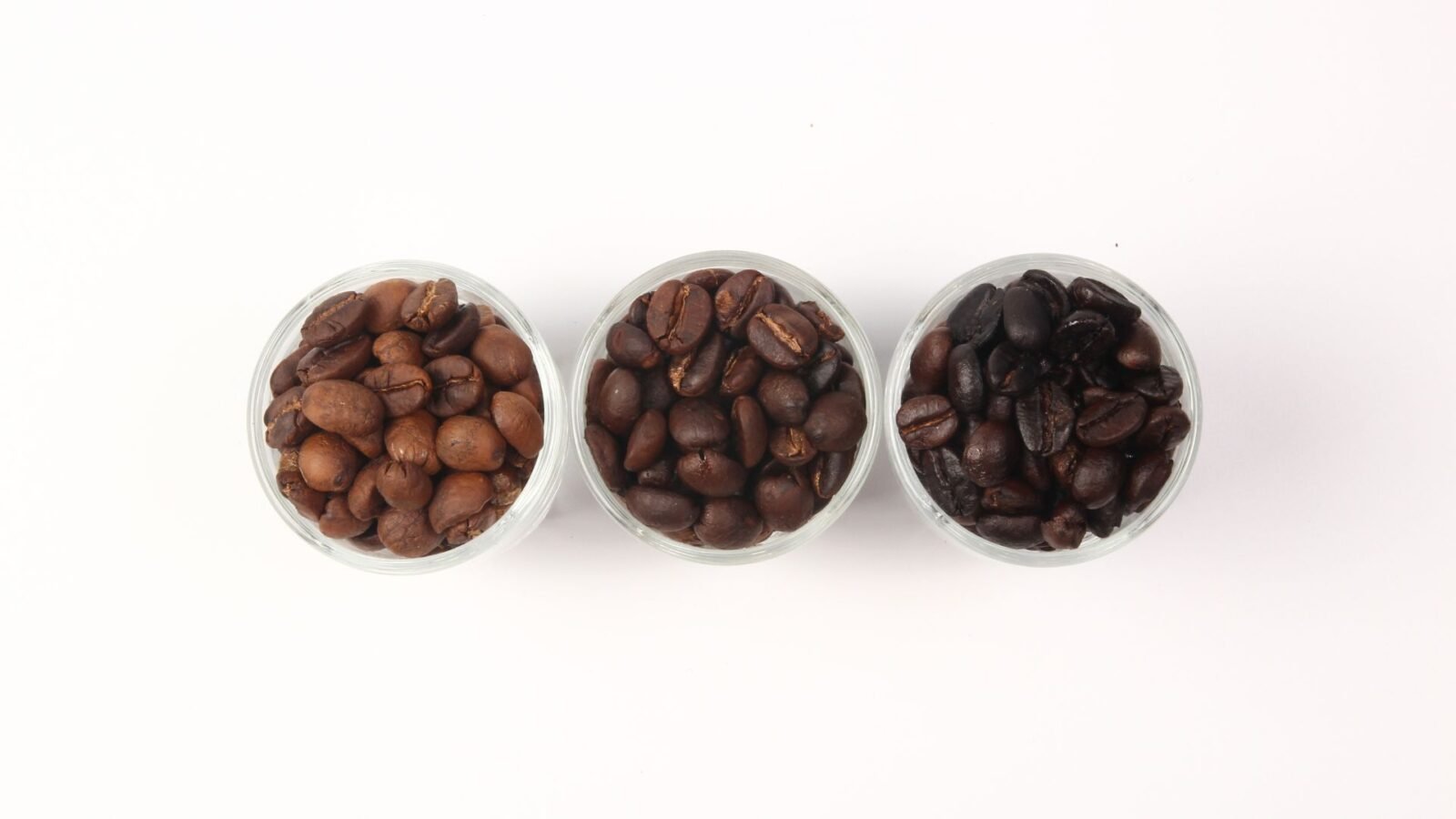
Dark roasted coffee beans, roasted at high heat for longer, boast one of the most robust flavor profiles. This extended roasting infuses the beans with smoky, chocolaty, and caramelized notes. These nearly-charred beans glisten with natural oils and deliver a bold, bittersweet cup that many coffee lovers adore.
It’s no surprise that dark roasts are a popular choice for brewing espresso. A shot pulled from a dark roast bean can exhibit a satisfying bitterness and full-bodied richness, perfect for those who crave an intense coffee kick. Just remember, espresso is a brewing style, not a roast level—an excellent espresso can be made from any roast, even though medium and dark roasts are most common for this method.
3. Demystifying Espresso Beans: A Label for Brewing Preference
Ever picked up a bag labeled “Espresso Roast” and wondered what makes it different? The term espresso beans can confuse many. In reality, espresso is not a type of bean or a specific roast level at all—it’s a brewing method. To make espresso, you use finely ground coffee and hot water under pressure to extract a small, concentrated shot with bold flavor. It’s all in the brewing technique, not a special bean.
So why do some coffee bags say espresso roast? Think of it as a friendly brewing suggestion. Roasters often use that label to indicate “this coffee will shine as an espresso.” Usually these are darker roasts, which is why espresso beans became synonymous with dark roast. In truth, any coffee—light, medium, or dark—can be brewed as espresso if you grind it fine and use an espresso machine. The label is just a recommendation, not a rule.
4. Decoding Coffee Strength: Espresso vs Dark Roast
When people mention coffee “strength,” they might mean caffeine kick, bitter flavor, or overall intensity. So which one truly packs more punch – an espresso shot or a regular cup of dark roast coffee?
Contrary to common belief, light, medium, and dark roasts all contain similar caffeine levels. The perceived “strength” of your coffee has much more to do with the brewing method and the coffee-to-water ratio than the roast itself. For instance, a single espresso may taste more intense than a big mug of dark roast from a drip machine or a French press, but that tiny serving actually delivers less total caffeine overall.
If you equate “strong” with bitterness and richness, a dark roast espresso will tick those boxes. If strong to you means high caffeine, you’ll get more of a kick from how you brew your coffee and how much you drink than from the roast itself. It’s all about experimenting with different brews to find what perks you up the most.
5. Exploring the Best Beans for Espresso at Home
For home baristas, choosing the right beans can elevate your espresso. Generally, medium to dark roast beans are recommended for a bold, bittersweet cup, providing the classic crema-topped shot associated with espresso. These roasts offer a balance of deep flavor and low acidity that works well under the pressure of an espresso machine. Don’t be afraid to venture beyond the norm—some cafés use light roasts for espresso, yielding a brighter, more complex shot that can be delightful.
Trying different coffee origins and roast levels unlocks a world of flavors. You might discover a medium roast from Ethiopia yields a citrusy espresso, while a dark Italian roast offers a smoky, nostalgic punch. Consider exploring Sumatra coffee for its earthy, full-bodied richness, or try Aceh Gayo beans for a unique Indonesian specialty profile.
Labels on coffee bags can be intriguing, but understanding their true meaning empowers you to make informed choices. Whether you prefer the bold intensity of a dark roast espresso or the nuanced notes of a lighter roast shot, exploring different coffees will help you find your perfect cup. Enjoy the adventure—sip, savor, and make your morning ritual your own.
For more insights, explore our coffee guides:

